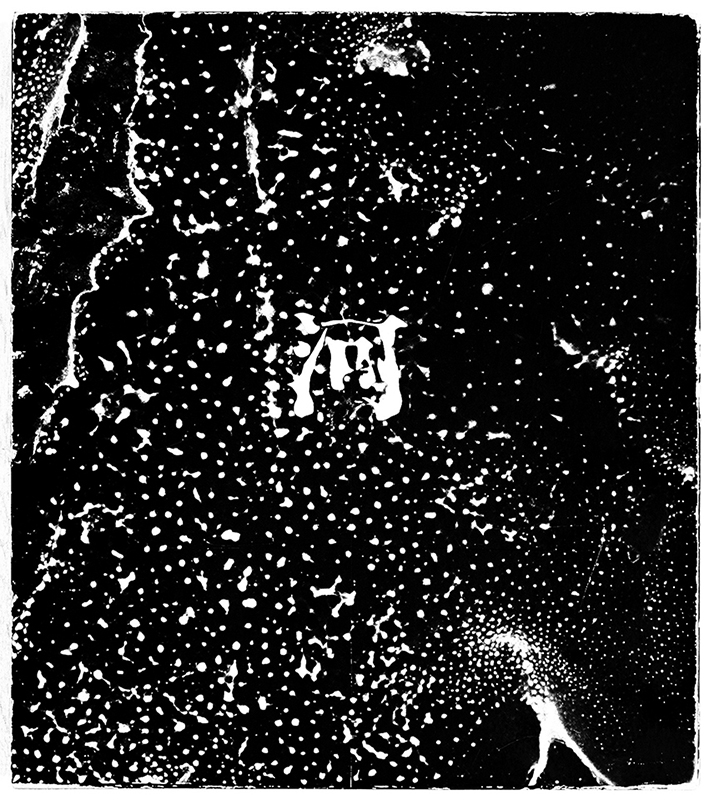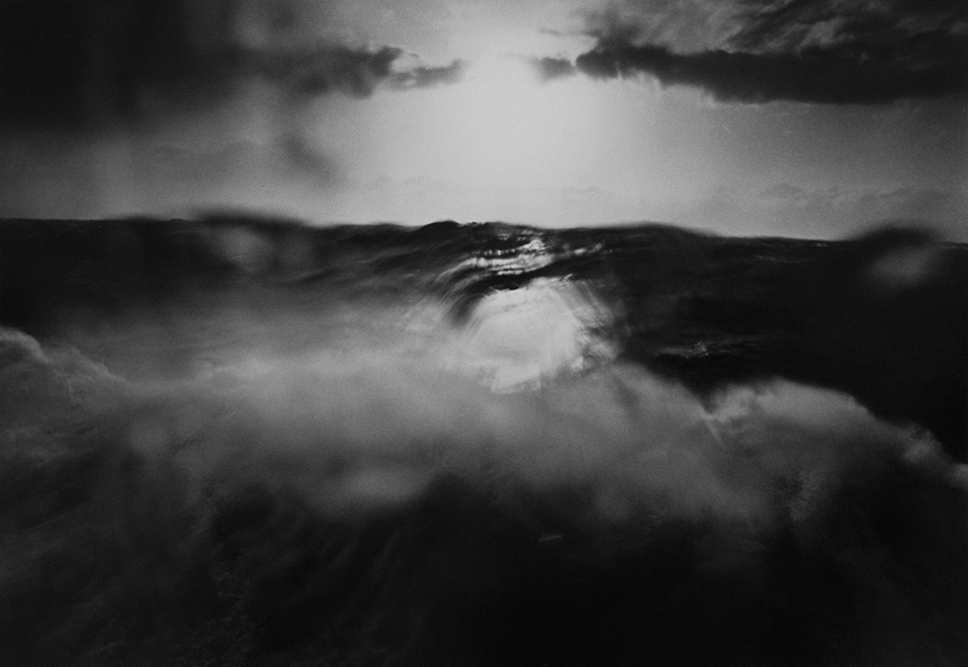Jun Morinaga

"well, he isn't going to spoon feed us, is he?".
Photographer Jun Morinaga passed away on April 5.
In the world of photography, packed with numerous trends, Morinaga was one photographer who kept maximum distance from them all. His first book RIVER, its shadows of shadows, is an unequalled jewel. Published in 1978, RIVER is true visual meditation as it gazes at life in motion, taking on darkness and death. Above all, this book shows the connection between real and abstract, where the river becomes a floating house while abstraction turns into reality.
Kazuhiko Motomura, the publisher of Robert Frank's Lines of My Hand and Flower Is, gave us only a handful of photography books and Morinaga's RIVER stands out among them. One day I showed this book to Catherine Duncan, a writer who worked with Dutch filmmaker Joris Ivens and American photographer Paul Strand. After a few pages, she turned to me and remarked "well, he isn't going to spoon feed us, is he?". How true that was! Kate became fascinated with RIVER, "it is like taking a long walk without knowing where you are heading”, adding, "had Paul still been alive I would give this to him to use as the manual for his garden work".
Kate, Jun and Motomura later met to discuss writing the text for Jun’s new book titled Sea - on the Waves. Her text was written and she titled it Notes. Probably it was sent to Motomura but life took a turn. Kate died and then Motomura. Sea - on the Waves was later published but without Kate’s words.
With my two friends, Kate Duncan and Jun Morinaga in mind, Kate’s text follows (thanks to the kind permission of Maggie Keane, Kate’s daughter).
NOTES
(Catherine Duncan)
Born on an island, it is inevitable that the eye should travel beyond the precincts of the self. Sometimes the heart does not follow to become a wanderer. Resisting the outward tug of tides, the Rip, and those horizons north over which the Mainland lies, or south to the Pole under its crust of ice, the eye looks inward, to those caves of solitude where spirit rejoins its origins. Here, wearing fur and hide, spear in our flanks, one in that dim coherence -hunter and hunted.
*
Born under Pisces, two fish inhabit our relationship with the sea. One glides, caressed and comforted by transparent tides. The other, fired by desire to escape, rockets upwards into light and air. To gasp out its element on the deck of a ship perhaps, but the land is within reach, the fins are almost wings.
*
There is something grotesque about the heaving bosom of the sea, this massive opera singer spouting up through a blow hole in the cliff, song itself become expectoration.
*
The trouble is with memories that you go round and round them. Nothing happens. Then, one day something happens. They get into time. Now what? Nothing to do with the now. Shoveling dirt on the shards. What's this sticking up? Escaped from the old turmoil. Aerial. Pulling on the past to escape. And there we are, clutching at it for dear life, holding the life line. Present.
*
Ocean is that absence from ourselves when we create the unknown, working at depths of memory before speech. Nothing is ever forgotten. Images float between two waters, unseen by the sun. Only the click of a shutter can reveal an image in the present and how it is pieced together from vestiges of the past.
*
The reproduction of reality by a photograph empties that reality of its material presence. Even the naked eye is deceived by a technique that can reveal the invisible, enlarge or illuminate, transform , displace.
What was once distant can now be brought , by reproduction , into close-up enabling the viewer "to see the universe in a grain of sand" - a new and transitory possession of the unattainable . What we are looking at is no longer reality, simply one of many possible variants of how forms in relationship can change
It may take many grains of sand to reproduce all possible angles of the universe.
For this reason perhaps, Morinaga works in series - Beach & Sea, River & Shadow, Sea & Waves - pitting himself against the irreversible change and movement of his material, to reveal the nature of their being.
These are words, and they in no way help us to see what these photographs keep so well hidden. They can only suggest that Jun Morinaga has shifted from an objective view of reality to a new perception of unlimited relationships .
With his work, reproduction itself becomes an essential part of how we perceive reality..
 Sea - on the waves, made around 2000
Sea - on the waves, made around 2000
Thanks to Barry Kornbluh, for his patient text editing.
(C) Photos Jun Morinaga - all rights reserved.
The image of the slipcase from RIVER, its shadow of Shadows is shown with the kind permission of the publisher Yugensha.
 Machiel Botman
Machiel Botman